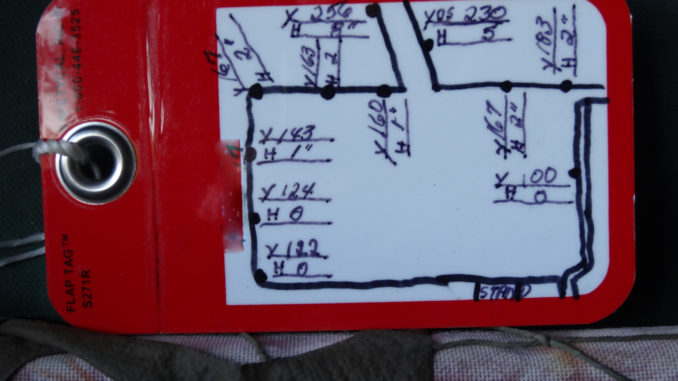
Mike Cox of Awendaw said another key ingredient in the long-range pursuit of a whitetail is the rifle and the specific bullet used.
Several calibers are excellent choices, he said, and hunters can argue about the specifics, but the key is to get the caliber you like, the bullet that shoots best in the gun you select and practice shooting at long distances.
“I practice out to 400 yards, and I know what the bullet does in my gun,” he said. “I load my own bullets, so I know exactly how to reproduce them when I need more. I keep detailed records and I know how far my bullet will drop at 200, 300 and 400 yards, and really at every 50-yard increment.
“Armed with that knowledge, it’s kind of like the sniper shows I watch on TV. If you know the distance to the target, know what the gun will do at that specific distance with a specific cartridge, all that’s left is to get a steady hold, aim according to the drop you will have at that distance and squeeze the trigger.”
Cox said while that does make it sound simple, that summarizes the basic process.
He said that he does one more thing in all of the permanent stand he hunts where he may have the opportunity for long range shots.
“I have made what some refer to as a story card for each stand,” he said. “I literally sit in each stand and take my rangefinder and identify targets in every direction. I prepare a map on a waterproof card, and using a permanent marker I draw a map of the stand and area of vision and several identifiable landmarks. I then write the yardage to each target and also the amount of drop my bullet will have at that precise target. Some of these are at areas where I know deer are prone to enter a field, for example. I’ll also use the rangefinder and check extreme distances as well, just in case.
“It’s one final step of preparation that will give me an edge when that big buck walks out at 275 yards,” Cox said. “It’s reassuring to quickly look at my drawing, know where the buck is and take all the guesswork out of the shot. I can focus on making the shot with the confidence that if I hold steady and allow for the proper bullet trajectory, the deer will drop. That eliminates a lot of things that used to enter my mind before I started doing this.”




Be the first to comment